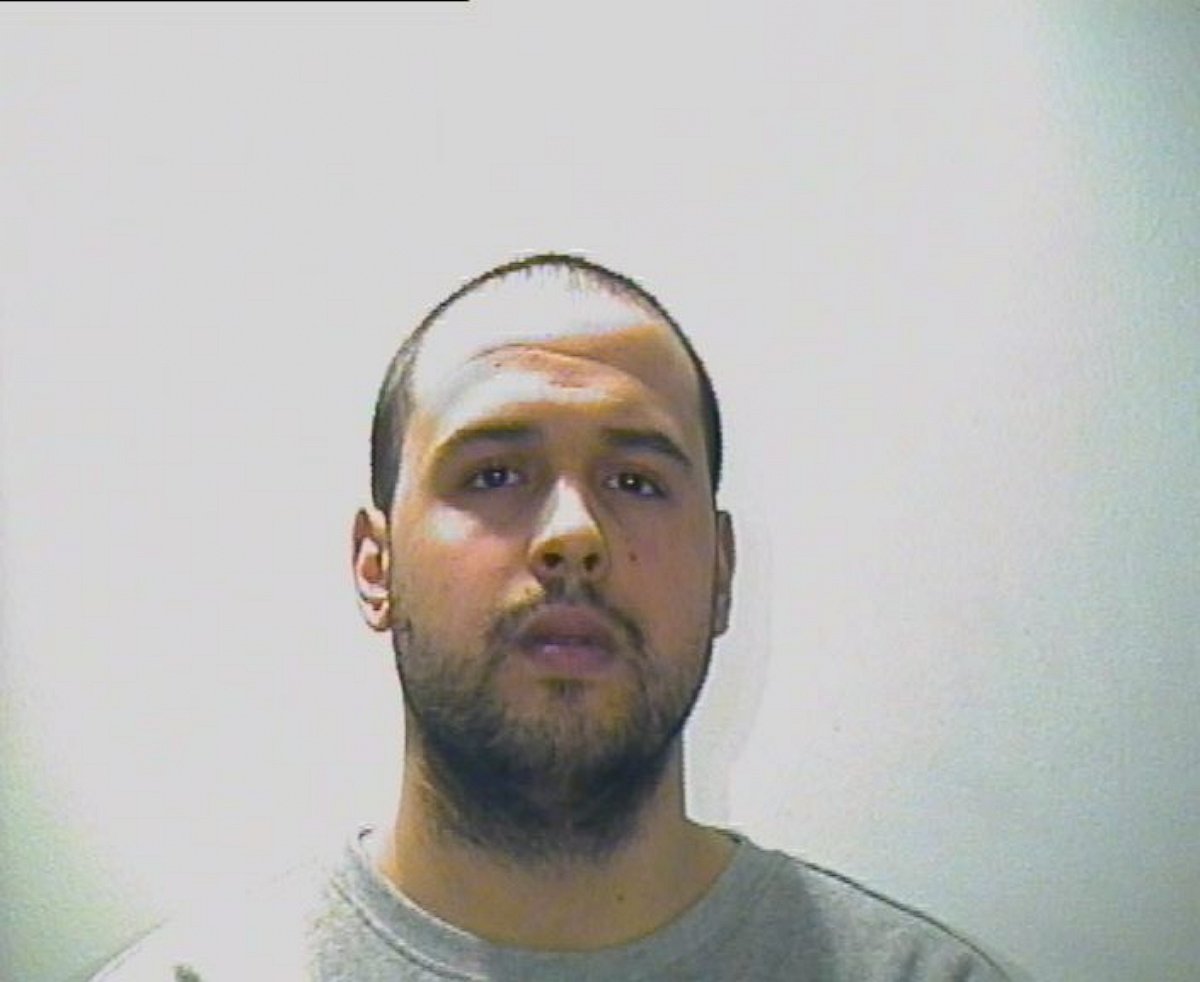2 Brussels Attackers Identified as Brothers
Brothers believed to have bombed airport, subway in deadly attack.
— -- Two brothers have been identified as suicide bombers in the deadly attack in Brussels that killed at least 31 people Tuesday, according to Belgian authorities.
Ibrahim El-Bakraoui was identified as one of two suspected suicide bombers who blew themselves up in Brussels' Zaventem airport. His brother, Khalid, is believed to be the suicide bomber who detonated his device in a Brussels subway station a little more than an hour later, Brussels prosecutor Frederic Van Leeuw said. At least 31 people were killed and more than 200 people injured in total.
Both brothers had criminal records and were known to police, but not for terrorism-related activity, Van Leeuw said.
Police officials told ABC News that Ibrahim El-Bakraoui robbed a money exchange office on Jan. 30, 2010 and during the ensuing chase, opened fire with a Kalashnikov. He was convicted of robbery in October and sentenced to nine years in jail, but was released in 2013.
Ibrahim El-Bakraoui is also the bomber who Dutch and Turkish officials confirmed today had previously been detained on the Syrian border in July 2015. He was deported to the Netherlands.
Turkish authorities said they warned both Dutch and Belgian authorities that he was a "foreign terrorist fighter." That claim has not been verified by Dutch and Belgian officials.
Van Leeuw said Ibrahim left a note behind before the bombing, saying he was “being hunted everywhere, no longer safe and if I sneeze I risk ending up next to him in a cell.” It is unclear to whom Ibrahim is referring.
An INTERPOL Red Notice (for the location and arrest of suspects) on Khalid says he was wanted by the Belgian authorities for charges of “terrorism.” It is unclear when the INTERPOL notice was posted and there does not appear to be one for his brother.
One of the two other suspects spotted in surveillance footage in the Zaventem airport besides Ibrahim El-Bakraoui has been identified as Najim Laachraoui, according to three Belgian law enforcement sources who spoke to ABC News.
Laachraoui, 24, has been sought by police since the Paris attacks in November, the law enforcement sources said. A wanted posted featuring Laachraoui and posted online shortly after the Paris attacks says that Laachraoui’s DNA was found in a rented house in a Brussels suburb and an apartment in central Brussels’ Schaerbeek neighborhood – locations a Belgian prosecutor said Monday “was used by the terrorist group” in the Paris attacks. International media reports said that Laachraoui’s DNA was also found on two of the suicide belts used in the November Paris attacks. Officials told ABC News he is suspected of being the terror cell’s bombmaker.
Police are still racing to find and capture the other suspect -- the so-called "man in white" -- pictured alongside El-Bakraoui and Laachraoui. European officials had told ABC News they believed the man in white had been arrested earlier today, but Van Leeuw said later he was still on the run.

Experts who analyzed the surveillance footage released by police said that it appeared the so-called "man in white" may have been a "handler" for the two suicide bombers.
“You have him dressed a little differently, and you have him wearing a hat and you have him wearing glasses... It is enough that it causes it to be harder to identify the person,” said former FBI New York counter-terrorism chief Rich Frankel, now an ABC News consultant. “He could be the person who brings them to the airport. He could be the individual who makes sure they actually carry out the attack, or if they are not able to carry out the terrorist attack, he’s able to spirit them away or advise his terrorist cell that it did not take place.”
A former military intelligence analyst agreed, telling ABC News the third man could have been around to “see the [attack] through” and wore a disguise in order to escape later. The suspected bombers, he said, “don’t carry the same concern – who cares if their identity is blown?”
In one curious detail, it appears that the two men identified by authorities as the suspected suicide bombers were each wearing a single black glove on their left hands. Frankel said it’s possible they needed the gloves to handle live wires or make other last-minute preparations for the bombs. There’s also the possibility that the men were hiding something in the gloves themselves, Frankel said, “and that’s the reason to cover those strings or those wires – so that if [otherwise] law enforcement or a civilian saw, they might raise the alarm.”
An ISIS-affiliated website reported Tuesday that the terror group claimed responsibility for the attacks, claiming its “fighters” carried out the bombings against “the Belgian capital of Brussels, a country participating in the international coalition against the Islamic State.”
[Editor’s Note: Turkish president Erdogan originally said the unnamed Brussels suspect was deported to Belgium when he was captured on the Turkish border. A spokesperson for the Turkish government later clarified that the suspect was actually sent to the Netherlands.]




